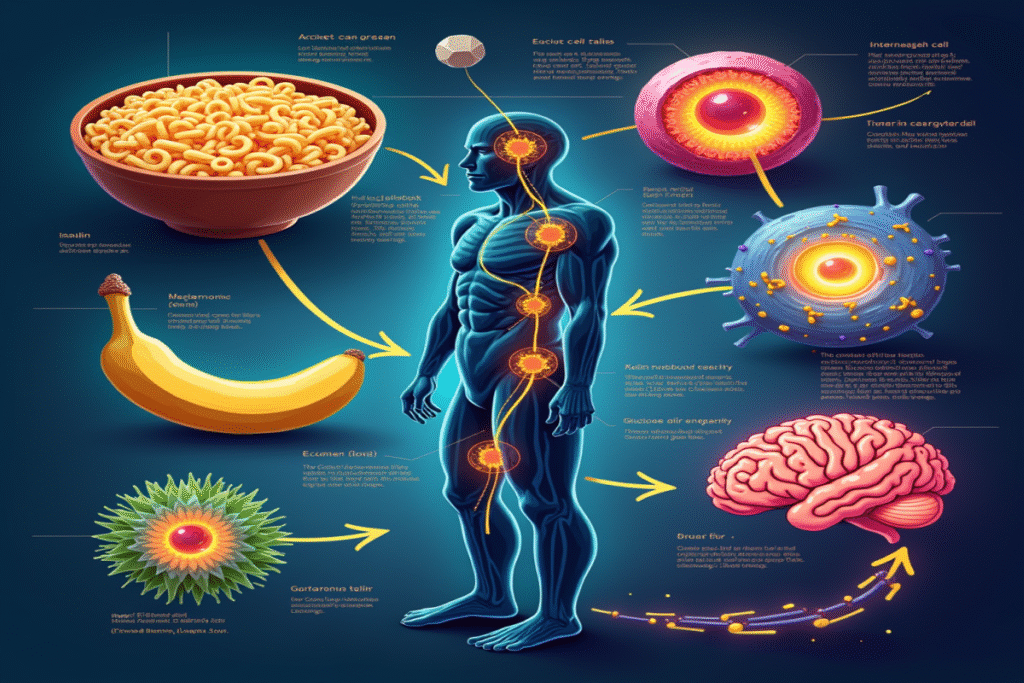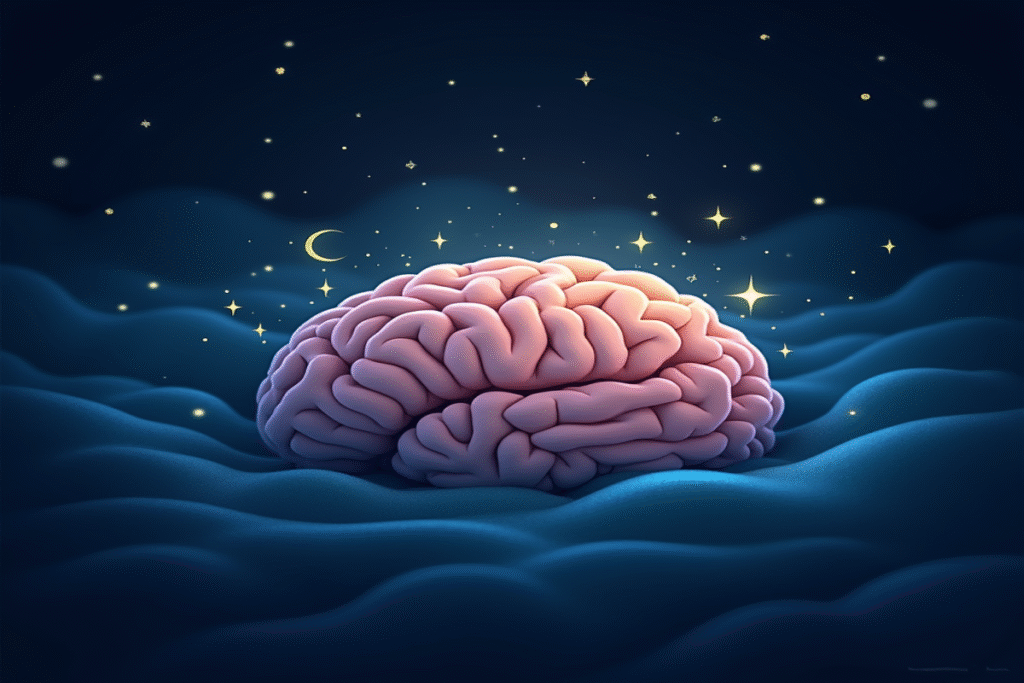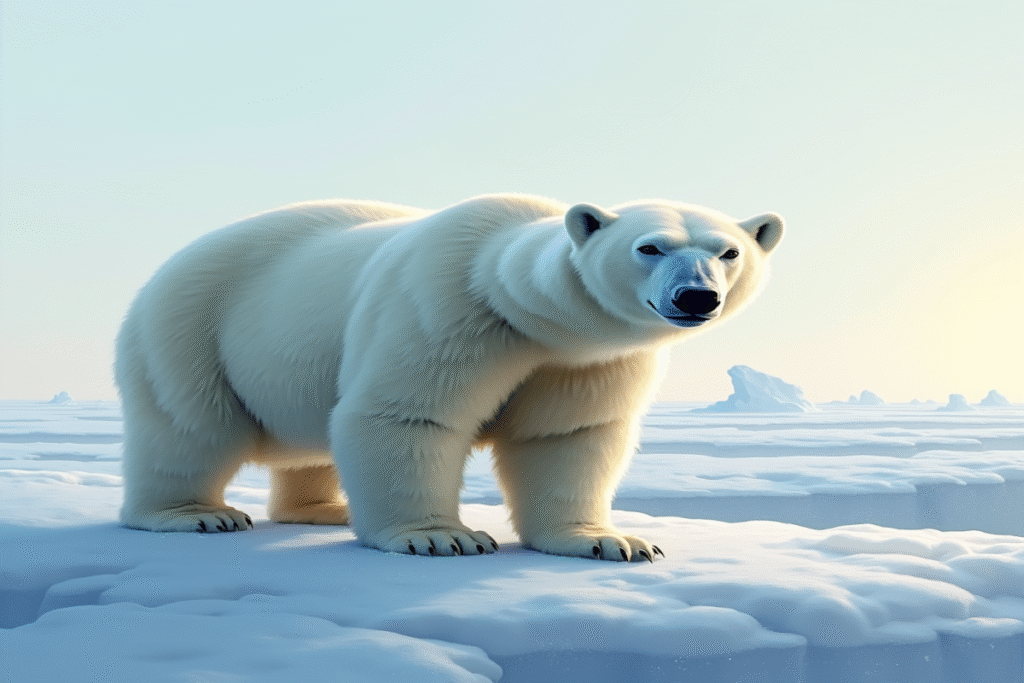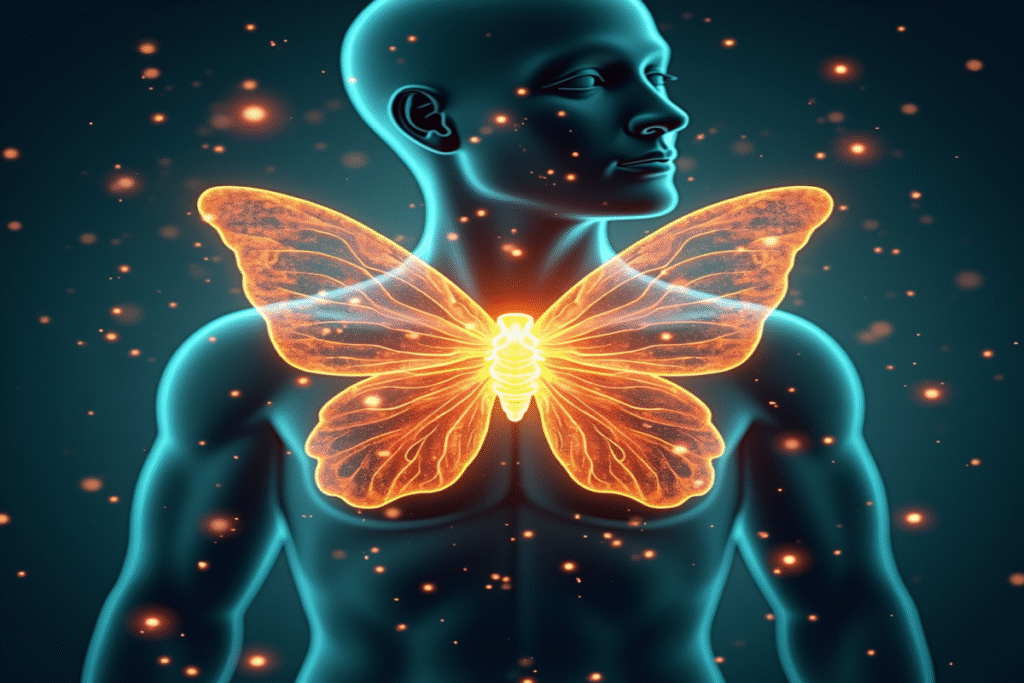Indice
- Introduction to AI-Generated Art: A New Frontier in Creativity
- Stable Diffusion: The Free Open-Source AI Art Generator
- Top Mobile Apps for Creating AI Art on the Go
- DALL-E 3: OpenAI’s Latest Text-to-Image Marvel
- Exploring Bing Copilot’s AI Art Capabilities
- Other Popular AI Art Tools: Midjourney, Artbreeder, and More
- Navigating Copyright Issues in AI-Generated Art
- Mastering Prompts: Tips for Better AI Art Results
- Ethical Considerations in AI-Generated Art
- The Future of AI Art: Trends and Predictions
- How AI Art is Impacting Traditional Artists and the Art World
- Conclusion: Embracing the AI Art Revolution Responsibly
Introduction to AI-Generated Art: A New Frontier in Creativity
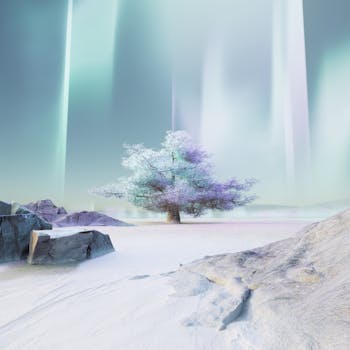
The Emergence of AI in Creative Processes
As artificial intelligence continues to evolve, its applications have expanded into various domains, one of the most notable being art generation. AI-generated art leverages machine learning algorithms to create visual works, generating everything from abstract pieces to photorealistic images. These tools democratize the art-making process, enabling individuals who may not have traditional artistic skills to explore their creative potential. The interaction between human creativity and AI technology marks a significant leap into new artistic territories.
How AI Algorithms Work in Art Creation
At the heart of AI-generated art lies a process known as deep learning, where neural networks are trained on vast datasets of images. Through this training, the AI learns to recognize patterns, styles, and elements from different art forms. Popular models like DALL-E and Stable Diffusion utilize these principles, enabling users to generate unique images based on text prompts. This capability not only allows for the replication of artistic styles but also fosters innovation by mixing different genres and influences in novel ways.
Implications for Artists and the Art Community
The rise of AI-generated art has sparked discussions within the art community regarding originality and copyright. As AI tools become more prevalent, artists are exploring collaborations with AI, leading to a redefinition of what it means to create art. While some express concerns about the commodification of creativity, others view it as an opportunity to enhance artistic practice. Additionally, legal frameworks are being scrutinized to address copyright issues surrounding AI-generated works, hinting at a future where ethical considerations will play a crucial role in the artistic landscape.
Stable Diffusion: The Free Open-Source AI Art Generator
What is Stable Diffusion?
Stable Diffusion is an innovative text-to-image model that has gained popularity for its ability to generate high-quality images based on descriptive prompts. This open-source AI art generator allows users to create stunning visuals without requiring prior artistic skills. It operates on principles similar to other AI art generators, utilizing a diffusion process where random noise is progressively transformed into coherent images. Its flexibility and accessibility make it a favorite among artists, designers, and hobbyists alike.
How to Use Stable Diffusion
Using Stable Diffusion is straightforward, especially for those familiar with programming. To get started, users typically need a compatible setup that includes a GPU, as the model can be resource-intensive. Various user-friendly interfaces and online platforms have emerged that simplify the process, allowing individuals to input text prompts and instantly receive AI-generated images. For those who prefer mobile access, community-driven applications are also available, making the creativity of Stable Diffusion accessible from anywhere.
The Benefits of Open-Source Technology
The open-source nature of Stable Diffusion has significant implications for the future of AI-generated art. By allowing developers and artists to contribute to and improve the model, it fosters a community-driven ecosystem. Users can customize the software, share techniques, and collaborate on projects. This collaborative spirit encourages experimentation, leading to novel applications and styles in AI art. Additionally, being open-source reduces barriers to entry, empowering a broader demographic to engage with AI technology creatively.
Top Mobile Apps for Creating AI Art on the Go
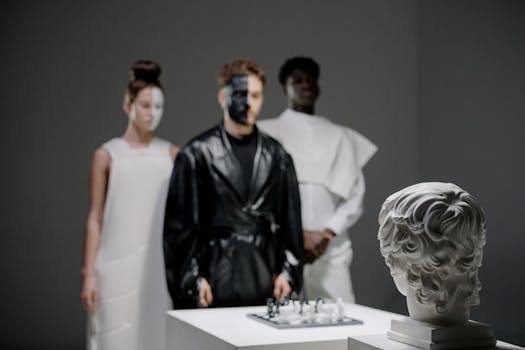
DeepArt: Transforming Your Photos into Masterpieces
DeepArt utilizes powerful neural networks to transform your photos into artworks inspired by famous artists. By simply uploading an image, users can choose from various artistic styles, such as Impressionism or Cubism, and the app will recreate the photo with that flair. The intuitive interface makes it easy for anyone to explore and create stunning visuals on the go, appealing both to art lovers and casual users interested in adding an artistic touch to their photos.
Artbreeder: Collaborative Creativity at Your Fingertips
Artbreeder allows users to blend images together using generative adversarial networks (GANs), resulting in unique creations that can evolve through user input. This app leverages crowd-sourced collaboration, making it possible for users to modify existing images or generate new ones by playing with different parameters. The social aspect encourages sharing and collaboration, enabling artists to build upon each other’s work and explore a virtually limitless realm of creativity from their mobile devices.
Pictory: AI-Powered Artistic Expression
Pictory is a mobile app designed for users who wish to create AI-generated art quickly and efficiently. With a range of templates and customizable options, users can generate art based on prompts or modify existing images in just a few taps. The streamlined workflow is perfect for those who may not have extensive art backgrounds but want to produce visually appealing content for social media or personal projects. Pictory brings the exciting possibilities of AI art generation to anyone with a smartphone.
DALL-E 3: OpenAI’s Latest Text-to-Image Marvel
Groundbreaking Features of DALL-E 3
DALL-E 3 represents a significant leap forward in OpenAI’s ongoing pursuit of advanced generative art models. With enhanced capabilities, DALL-E 3 can now generate images with increased detail and coherence, making it a powerful tool for both amateur and professional creators. One of the groundbreaking features is its understanding of complex prompts, allowing users to specify intricate details and concepts that were previously challenging for AI. This development expands the creative possibilities, enabling users to produce artwork that closely aligns with their vision.
How DALL-E 3 Enhances User Interaction
DALL-E 3 has been designed with user-friendly interaction in mind. Its intuitive interface allows users to input text prompts effortlessly while offering real-time suggestions to refine queries for better results. The model is also capable of interpreting a wider range of context and can combine seemingly unrelated ideas into cohesive images. For instance, blending surreal themes with realistic elements is now simpler than ever, driving innovative approaches in digital art creation. This enhanced user interaction transforms the experience from mere text input to a collaborative journey with AI.
Ethical Considerations and Accessibility
As with all AI-generated art technologies, DALL-E 3 brings forth essential ethical considerations. OpenAI is committed to responsible usage, implementing safety measures to mitigate potential misuse of generated content. Moreover, accessibility is a priority; OpenAI aims to make this tool available to a broad audience, ensuring that artists, educators, and the public can harness its potential. By fostering an inclusive environment, DALL-E 3 encourages varied artistic expressions while navigating the complexities of copyright and originality that accompany AI-generated works.
Exploring Bing Copilot’s AI Art Capabilities
What is Bing Copilot?
Bing Copilot is an advanced AI-powered tool integrated with Microsoft Bing, designed to assist users in generating creative content, including art. Utilizing cutting-edge algorithms, it streamlines the process of art creation by allowing users to input text prompts that the AI can interpret to produce stunning visuals. This tool stands out for its collaborative features, where users can interactively steer the artistic direction by providing feedback and adjusting parameters in real-time, ensuring the end result aligns closely with their creative vision.
Features of Bing Copilot in Art Generation
Bing Copilot boasts a variety of features that enhance the art creation experience. One notable aspect is its ability to recognize and synthesize different artistic styles, allowing users to experiment with various aesthetics seamlessly. Additionally, it offers an extensive library of images and styles derived from a vast range of artistic movements, giving creators the flexibility to explore new approaches. The platform’s user-friendly interface ensures that both novices and seasoned artists can easily navigate through options, ultimately leading to diverse and unique artistic outcomes.
The Role of Collaboration and Feedback
A defining characteristic of Bing Copilot is its emphasis on collaboration. Unlike traditional AI art generators that produce images based solely on initial prompts, Bing Copilot invites ongoing interaction. Users can provide continuous feedback, guiding the AI in refining the artwork, adjusting colors, or even modifying themes. This iterative approach fosters a sense of co-creation, where human intuition and AI capabilities blend, resulting in more personalized and satisfying artistic expressions. Such collaboration promises to revolutionize how artists and AI coexist in the creative process.
Other Popular AI Art Tools: Midjourney, Artbreeder, and More
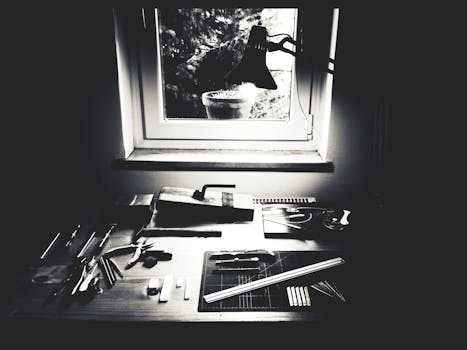
Midjourney: A New Era of Artistic Exploration
Midjourney is a cutting-edge AI art generation tool that has gained attention for its ability to create visually striking images based on user prompts. Built on advanced algorithms, it excels at crafting surreal and abstract creations that challenge the boundaries of traditional art. Users can interactively specify details like color schemes, styles, and themes, making the creative process engaging and tailored to individual preferences. Midjourney has become a go-to choice for artists looking to push their creative limits or experiment with new visual narratives.
Artbreeder: Merging Creativity and Collaboration
Artbreeder stands out in the AI art landscape for its unique approach to collaborative creativity. The platform allows users to blend images using generative adversarial networks (GANs), creating new visuals through user-driven modifications. Users can remix existing artworks or create entirely new pieces by adjusting various parameters, which fosters an environment of shared artistic expression. The social component encourages users to engage with each other’s creations, resulting in a dynamically evolving gallery of art that reflects a collective imagination.
Deep Dream: Transforming Images into Dreamlike Visions
Deep Dream is an intriguing tool that utilizes neural network techniques to transform ordinary images into otherworldly, dreamlike visuals. By enhancing and exaggerating features within an image based on a chosen style, it takes users on a surreal journey through their photos. The process involves layering and pattern recognition, allowing for unique iterations of any submitted artwork. Deep Dream appeals to those who wish to explore the boundaries of perception and creativity, making it an excellent choice for artists and hobbyists alike.
Runway ML: A Comprehensive AI Toolkit
Runway ML is a versatile platform tailored for creators, offering a broad suite of tools that encompass video, audio, and image generation. Featuring capabilities like video editing and real-time collaboration, this platform empowers users to integrate AI elements seamlessly into their projects. The intuitive interface allows artists of all skill levels to experiment with generative art, making it a valuable resource for anyone looking to harness the power of AI in their creative workflows. With a focus on accessibility and user-friendliness, Runway ML is an essential platform for the modern creator.
Navigating Copyright Issues in AI-Generated Art
Understanding Copyright Basics
Copyright is a legal framework that grants creators exclusive rights over their original works, ensuring they have control over reproduction, distribution, and display. Traditionally, copyright protections apply to artistic creations, music, literature, and more, granting creators the ability to monetize their works while preventing others from using them without permission. However, the emergence of AI-generated art raises complex questions surrounding authorship and ownership, as these works are created by algorithms rather than human artists. This shift necessitates a reassessment of how copyright law applies to AI-generated content.
Who Owns AI-Generated Creations?
The ownership of AI-generated art is a contentious issue, often hinging on the nature of the input and the involvement of the user. In many cases, the user who provides the prompts and selects the resulting images may be considered the creator, raising questions about whether they hold copyright over the final work. Some jurisdictions have begun to explore these nuances, yet no definitive consensus exists. Moreover, companies behind AI tools often retain certain rights or licenses over the images produced, complicating the legal landscape further. As AI technology evolves, so too must the frameworks governing creative ownership, ensuring that legal protections keep pace with technological advancements.
The Role of Licensing and Fair Use
Licensing agreements play a crucial role in defining how AI-generated art can be used, shared, or distributed. Many AI art platforms establish specific terms of use that dictate ownership rights and usage guidelines. Understanding these conditions is essential for creators who wish to monetize their work or collaborate with others. Additionally, the doctrine of fair use offers potential defenses against copyright infringement claims, particularly in the context of transformative use where the AI-generated art significantly alters the original source material. Navigating these legal intricacies requires a careful approach to ensure compliance with existing copyright laws and regulations.
Mastering Prompts: Tips for Better AI Art Results
The Importance of Clarity in Your Prompts
When generating art with AI, the specificity of your prompt can significantly influence the outcome of the generated images. Clear and detailed prompts allow the AI to understand your creative vision more effectively. Instead of vague descriptors, try to incorporate specific styles, colors, subjects, and emotions. For instance, instead of saying “a beautiful landscape”, consider saying “a serene sunset over a calm lake, with pastel colors and silhouettes of pine trees”. This level of detail not only enhances the AI’s comprehension but also increases the likelihood of achieving results that align closely with your expectations.
Experimenting with Variations
One of the advantages of using AI art generators is the ability to experiment rapidly. Don’t hesitate to try multiple variations of your prompt to see how slight adjustments can elicit different results. You may start with a basic prompt and then tweak individual words or phrases, adding or omitting details to produce a diverse array of artworks. This experimental approach can lead to unexpected inspirations and creative breakthroughs, showcasing the eclectic possibilities of AI-generated art. Embrace your curiosity and let the AI surprise you with unique renditions of your ideas.
Incorporating Style References
To get the most out of your AI art generator, consider referencing established artistic styles or movement names in your prompts. For example, using phrases like “in the style of Van Gogh” or “inspired by Art Deco” not only helps the AI to channel specific aesthetics but also elevates your creative project by anchoring it within an art historical context. This technique is particularly useful for artists seeking to evoke certain moods or vibes in their work, enabling them to create compelling and visually intriguing images that resonate well with viewers. By blending your vision with the unique characteristics of various styles, you can produce art that is both personal and informed.
Ethical Considerations in AI-Generated Art
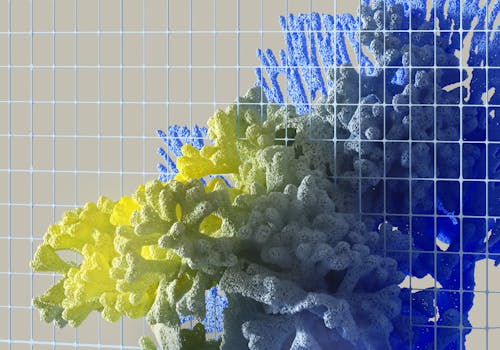
The Impact on Traditional Artists
The advent of AI-generated art raises important ethical questions regarding the impact on traditional artists. While AI tools can democratize art creation, there is a growing concern that these technologies may devalue the time and skill invested by human artists. The rapid production capabilities of AI can outpace traditional methods, potentially leading to a surplus of images that flood the market. This situation may make it harder for individual artists to gain recognition and earn a living from their work, prompting discussions around fair compensation and the value of human creativity in an increasingly automated landscape.
Copyright and Ownership Dilemmas
AI-generated art complicates the landscape of copyright and ownership. Since AI systems are trained on existing datasets that often include copyrighted material, questions arise about the originality of AI-created artwork. If the AI synthesizes elements from various sources without creating something entirely new, does it infringe on the copyrights of the original creators? Additionally, determining who owns the rights to AI-generated works—whether it’s the user, the AI developer, or both—remains an area of significant debate. Navigating these legal challenges is crucial, as they shape the future of creative ownership in the age of AI.
Ethical Use of AI Technologies
With the power of AI also comes the responsibility to use these technologies ethically. Artists and creators must consider the implications of the content they generate and ensure they are not perpetuating harmful stereotypes or misinformation. Moreover, the ease of generating art at scale can lead to misuse, such as producing deceptive imagery or deep fakes. As the boundaries of creative expression continue to expand, establishing standards and guidelines for ethical AI usage becomes paramount. Striving for transparency and fostering discussions around responsible practices will help shape a more respectful and aware artistic community.
The Future of AI Art: Trends and Predictions
Emerging Trends in AI Art Creation
As AI technology continues to evolve, the landscape of art creation is undergoing significant transformation. One of the most notable trends is the increasing integration of more sophisticated machine learning models, leading to more nuanced and higher-quality artworks. Artists are beginning to leverage AI as co-creators rather than just tools, allowing for a harmonious collaboration that blends human creativity with AI algorithms. Additionally, personalized AI art generators are paving the way for unique, individualized pieces, as users can fine-tune settings and prompts to reflect their specific tastes and preferences. This democratization of art-making is expected to further flourish, making art more accessible to diverse audiences.
Predictions for AI’s Role in the Creative Process
Looking ahead, AI is poised to play an increasingly central role in various aspects of the creative process. Future AI art platforms are likely to offer features that not only enhance artistic capabilities but also provide real-time feedback and iterative design suggestions, allowing for a more interactive user experience. Such advancements may lead to the emergence of hybrid art forms where traditional techniques are integrated with AI-driven processes, enabling artists to explore new modalities of expression. Moreover, advancements in generative adversarial networks (GANs) will likely result in art that challenges existing conventions, pushing the boundaries of what constitutes creativity and originality.
Addressing Ethical and Societal Implications
As AI-generated art becomes more pervasive, ethical considerations must remain at the forefront of discussions within the art community. This includes addressing concerns about the displacement of traditional artists and ensuring equitable opportunities for all creators. Additionally, the importance of establishing clear guidelines on copyright and ownership will become increasingly vital. As AI continues to learn from existing artworks, maintaining respect for the original artists’ rights will be crucial. Moreover, as AI-generated content proliferates, fostering a culture of responsible use and transparency will help mitigate potential negative impacts on society, ensuring that AI serves as a tool for enrichment rather than a source of contention.
How AI Art is Impacting Traditional Artists and the Art World

The Changing Landscape for Traditional Artists
The emergence of AI-generated art has created a complex relationship with traditional artists, altering the landscape in which they operate. While AI tools enable unprecedented exploration and creativity, their rapid proliferation has raised concerns about market saturation and the potential devaluation of artistic skills. Artists who have spent years honing their craft now find themselves competing with algorithms capable of producing artworks in an instant. This shift necessitates a reevaluation of artistic merit and may prompt traditional artists to adapt their practices, embracing new technologies while asserting the unique value of human creativity.
Collaboration Between Human and Machine
Rather than a direct threat, many traditional artists have started to view AI as a collaborative partner in their creative processes. By integrating AI into their workflows, artists can explore new ideas, generate inspiration, and even create hybrid works that merge human intuition with machine learning capabilities. This collaboration fosters a new dialogue about creativity, encouraging artists to expand their toolkit and reinterpret their roles. As a result, the art world is witnessing a convergence where human artistry is enhanced, rather than replaced, by AI technologies, allowing for rich, multifaceted artistic expressions.
Redefining Value in the Art Market
As AI-generated art becomes more mainstream, it challenges existing notions of value and authenticity within the art market. Collectors and galleries are reassessing how they define and evaluate art, leading to ongoing discussions about the role of the artist and the essence of originality. This evolution in valuation may spur innovative models for engaging with audiences, including price points and promotional strategies. Ultimately, the integration of AI into the artistic landscape may lead to a more diverse and inclusive art market, accommodating a broader spectrum of creators whose value is assessed on varied criteria beyond traditional artistic methods.
Conclusion: Embracing the AI Art Revolution Responsibly
The Need for Ethical Guidelines
As AI-generated art continues to proliferate, establishing a clear set of ethical guidelines becomes essential. Artists and developers in the AI space must collaborate to create frameworks that govern the responsible use of these technologies. This includes considerations around copyright, the potential for bias in generated content, and the implications of using human-created art to train AI models. Implementing ethical guidelines ensures that the creative potential of AI is harnessed positively, promoting inclusivity and respect for all creators in the art community.
Enhancing Creativity through Collaboration
The relationship between human artists and AI need not be adversarial; in fact, it can be a partnership that enhances creativity. By leveraging AI tools, artists can explore new avenues for expression and innovation. The combination of human intuition with machine learning capabilities can lead to groundbreaking work that transcends traditional boundaries. As artists embrace this collaboration, they can redefine their creative processes, leading to a vibrant fusion of styles and ideas that enrich the art landscape for everyone involved.
Preparing for a Dynamic Future
As we look toward the future of AI-generated art, it is crucial to remain adaptable and open-minded. The rapid pace of technological advancement will continue to reshape the creative sectors, compelling artists and art institutions to rethink their strategies and practices. Education on AI tools and their artistic applications will play a vital role in preparing the next generation of artists. By fostering an environment of curiosity and innovation, we can ensure that the AI art revolution not only thrives but does so responsibly, celebrating human creativity alongside technological advancements.

